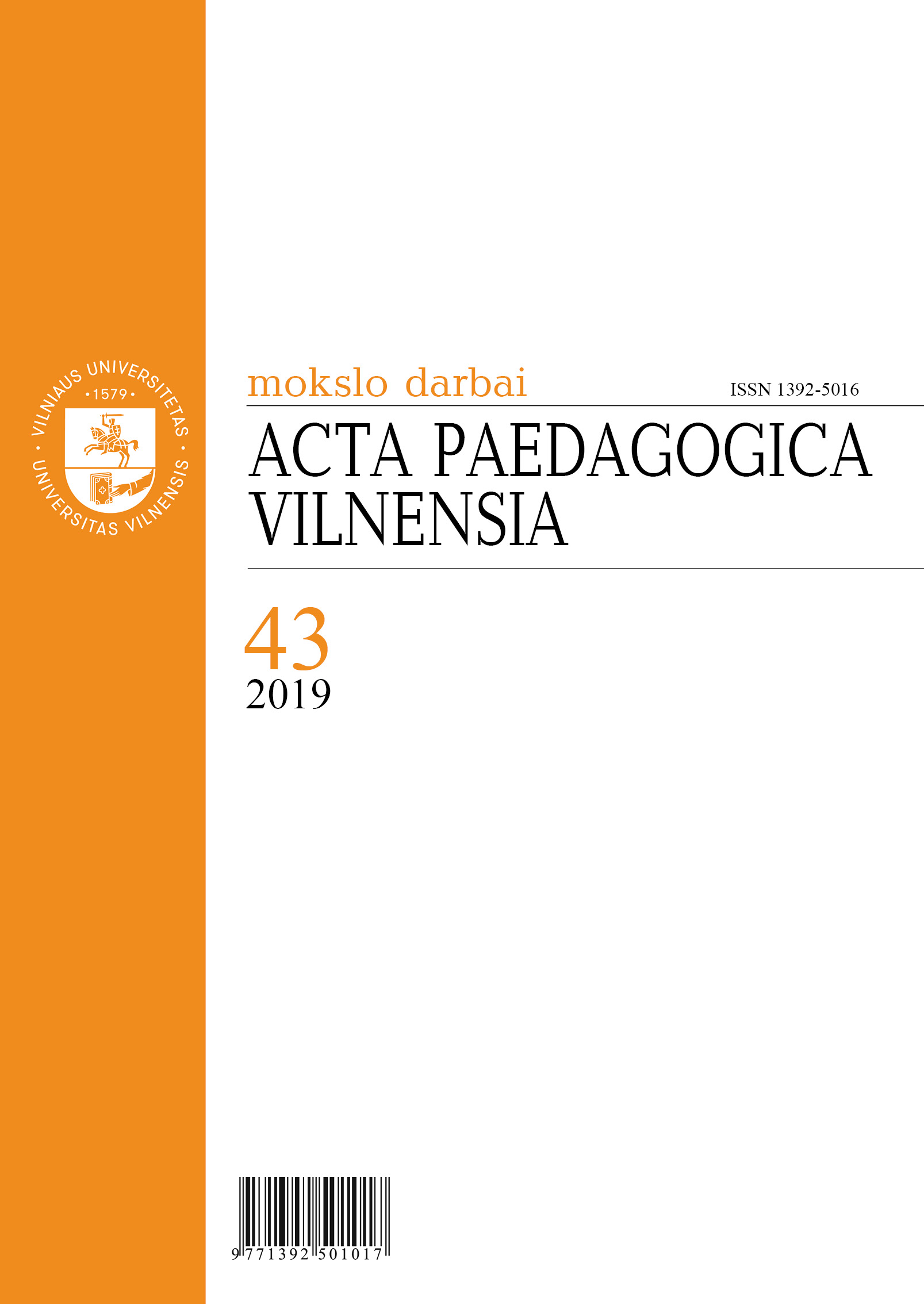Ikimokyklinio ugdymo įstaigos dinaminės ugdymo(si) aplinkos ir vaikų fizinio aktyvumo sinergija
The Synergy Between a Dynamic Educational Environment of a Pre-School Educational Institution and the Physical Activity of Children
Author(s): Neringa Strazdienė, Aistė BurkėSubject(s): Preschool education, Cognitive Psychology, Behaviorism, Health and medicine and law
Published by: Vilniaus Universiteto Leidykla
Keywords: pre-school educational institution; dynamic educational environment; children; physical activity; synergy;
Summary/Abstract: Movement is crucial at a pre-school age: it enables a child to gain experience, develop normally, grow up healthy, shape their own movement and health habits that in most cases continue throughout their lives. In recent years the tendencies of deterioration in health in pre-school children have been observed, and they are associated with insufficient physical activity (hereinafter PA). The synergy between an educational environment of a pre-school educational institution and PA of children sets up conditions for a co-effect of both factors on a child’s personality, maturity and health which is greater and more prominent than the effect of these factors acting separately. The aim of the research is to highlight aspects of the synergy between a dynamic educational environment of a pre-school educational institution and the PA of children and to disclose the main features of the dynamic educational environment. The article based on the analysis of scientific literature and documents defines the concept of a dynamic educational environment, which is treated as a space where synergistic interaction between architectural and educational dimensions promotes the activities of children and their PA enhancing the health of children and having a consistent effect on a personal maturity. The architectural dimension consists of the following elements: the function and the concept of an object (interior, exterior, landscape), architectural artistic-material expression, planned and spatial solutions, visual and functional relations, contextuality, construction solutions, etc. The educational dimension consists of the following elements: the objective of education, its content, educational methods, forms, means, relationship between a teacher and a learner, psychological atmosphere, etc. The educational process can be easily constructed in a dynamic educational environment to achieve the integrity of activities in different areas of educational achievements: protection and enhancement of health, social, cognitive, communication, artistic, etc.
Journal: Acta Paedagogica Vilnensia
- Issue Year: 2019
- Issue No: 43
- Page Range: 156-171
- Page Count: 16
- Language: Lithuanian

